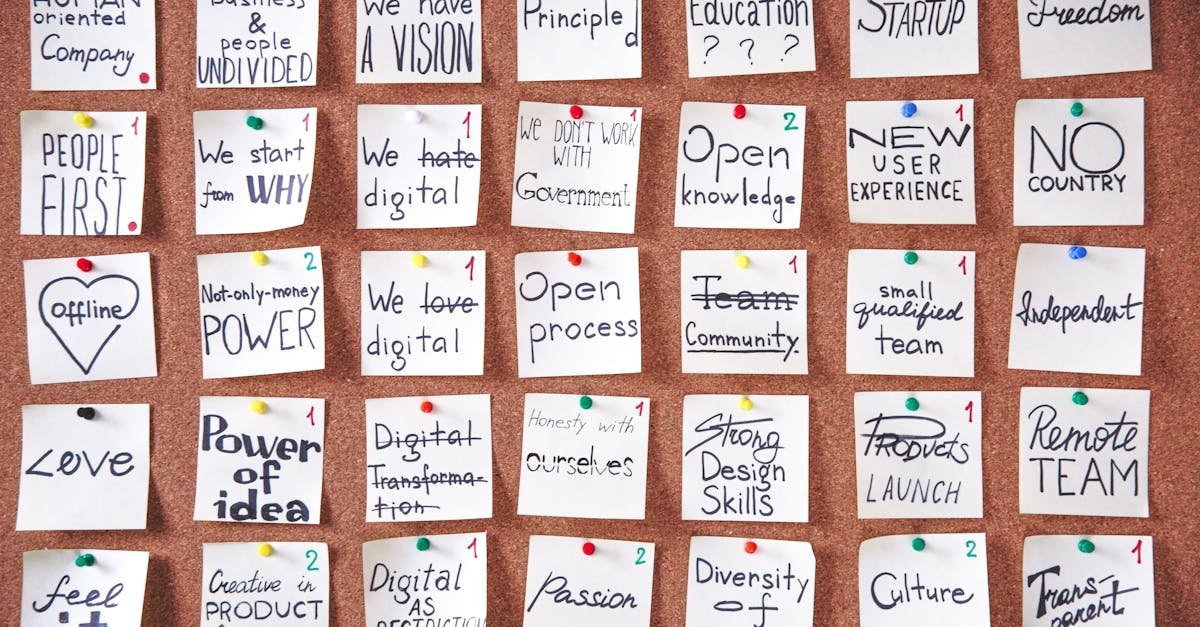Elevating GBS Efficiency: Insights from Forum-Led Collaboration
What’s Your GBS Efficiency Struggle? How often do you wonder if your team is working at peak efficiency? You push and push—more metrics, more tools. Yet, frustration lingers. There’s a constant churn with shared services, and you feel it, right? We’re all in this together, nobody wants to feel stuck in a rut, especially in shared services. It gets overwhelming. Let’s chat about elevating GBS efficiency through forum-led collaboration. These insights aren’t just theory; they’re rooted in real discussions with experts, practical experiences, and some serious trial and error. Taking a collaborative route brings fresh perspectives and solutions that simply don’t come through isolated efforts. The Power of Community in Shared Services Imagine you’re at a roundtable with peers, each sharing their wins and losses. You could hear the sighs of relief as someone reveals a tried-and-tested method that lifted their team’s performance. This isn’t just talk; it’s actual proof of how forum-led collaboration drives efficiency. Here’s why you should care: Diverse Perspectives: When different minds converge, they bring unique insights. One approach might spark a new idea for you, something you haven’t considered. Real-World Solutions: The best lessons often come from failures. Others’ struggles can guide you past bumps in the road. Network Building: Building relationships with seasoned pros isn’t just for socializing. It’s a reservoir of knowledge you can tap into later. Support System: Let’s face it, challenges in shared services can be tough. Having a community means you’ve got backers who understand your pain points. Case Study: A Collaborative Success Story Picture this: a global organization faced an uphill battle. Their shared services model was cluttered and unclear. Then, they decided to step outside their bubble, attending a series of collaborative forums. The outcome? – Streamlined Processes: They discovered best practices from other industries, leading to significant process optimization. – Enhanced Team Morale: Sharing wins boosted motivation, everyone felt they were part of something bigger. – Cost Savings: Less duplication of work meant lower costs and higher productivity. The magic ingredient? The willingness to learn from others and share their own insights. What Makes a Successful GBS Forum? So, how can you mimic this success within your own operations? Let’s keep it simple: Inclusive Participation: Everyone has something valuable to add. Encourage voices across levels and departments. Defined Goals: What do you want out of this collaboration? More efficiency? Certain metrics? Keep it focused. Follow-Up: Don’t let ideas die on a whiteboard. Implement and track success. As part of my journey as a shared services expert for over 20 years, I’ve seen this work wonders. Tools for Effective Collaboration Now let’s sidestep the theory a bit. What tools can actually drive these forums? Let’s break them down: Shared Platforms: Whether it’s Slack, Microsoft Teams, or a dedicated forum, having a space to discuss openly is key. Data Analytics Tools: Tools like Tableau or Power BI can visualize shared successes, creating a communal sense of achievement. Project Management Software: Trello or Asana can help keep everyone on track with insights from the forums. Always remember, tools are just the icing. The real cake is the community and shared commitment to improvement. Real Talk: Challenges Ahead However, let’s not sugarcoat things. There could be pushback: Resistance to Change: Not everyone is ready to embrace a new way of thinking. That’s okay—start small and build from there. Lack of Time: It feels like you’re already stretched. But carving out time for collaboration can yield huge dividends later. Communication Barriers: Make sure everyone is on the same page to avoid misunderstandings. Sticking to your vision while navigating these challenges is essential for transforming your team’s efficiency. Ready to Collaborate? In the shared services arena, efficiency isn’t just a nice-to-have. It’s a must. Embrace forum-led collaboration as a way to unlock potential you didn’t know was there. Each discussion is a stepping stone to something bigger and better. If you’re eager to dig deeper, I highly recommend checking out THEGBSEDGE blog. Here, we dive deeper into shared services topics—from strategy and leadership to technology and innovation. Don’t just take this knowledge and sit on it. Join the conversation, share your insights, and let’s shape the future of shared services together! Let’s elevate GBS efficiency together. Your next breakthrough could be one conversation away!
Elevating GBS Efficiency: Insights from Forum-Led Collaboration Read More »









